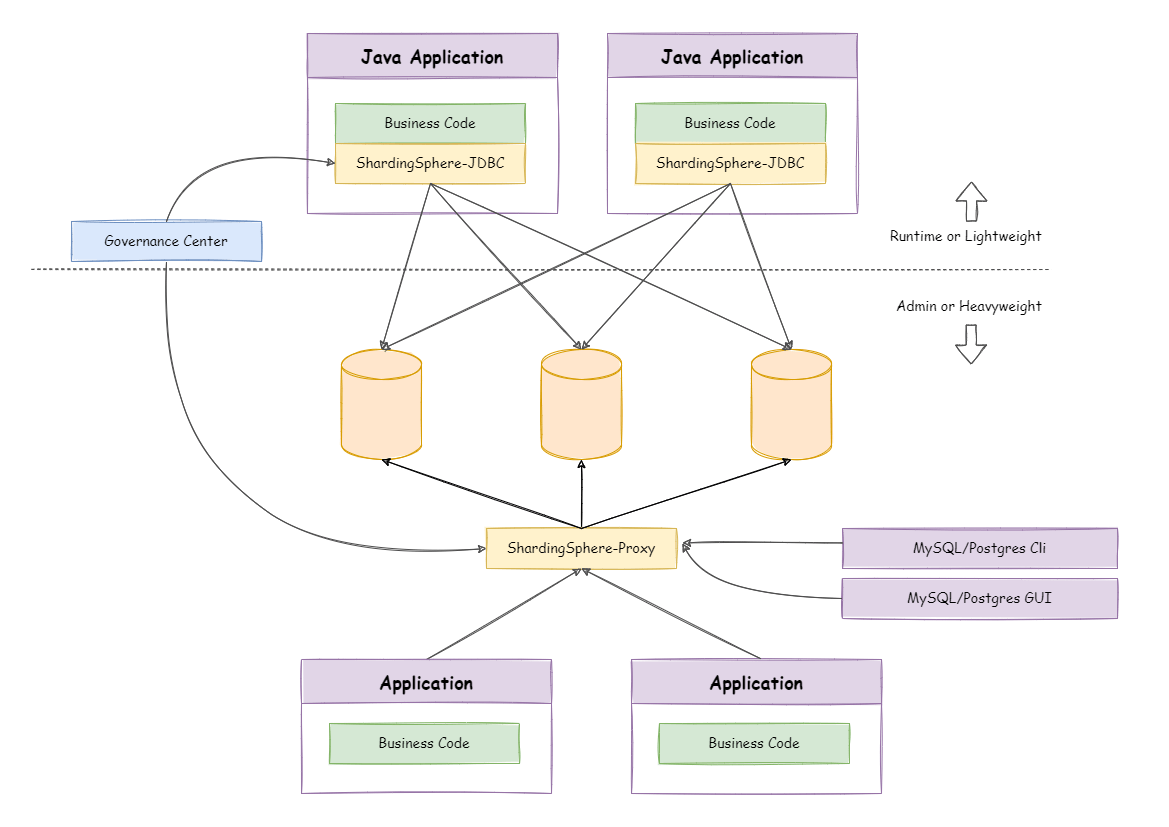The Power Of Silence: 10 Reasons Silent People Are Successful

Being silent often goes hand-in-hand with improved observation. When you’re not
focused on expressing your thoughts, you have the more mental bandwidth to take
in your surroundings. This heightened awareness allows you to understand people
and situations better. Many successful individuals credit their observation
skills as contributing to their achievements. By carefully observing their
environment, they can identify opportunities and threats others might overlook.
A quiet mind leads to better focus and concentration. When you’re silent, it’s
easier to direct your attention to the task, free from distractions or competing
thoughts. This improved focus can enhance your decision-making abilities and
boost your overall productivity. ... Silence can be a powerful tool for
emotional regulation. Silent individuals often excel at managing their emotions,
avoiding impulsive actions, and maintaining composure in challenging situations.
Staying calm under pressure can lead to better decision-making and increased
resilience.
7 cybersecurity mindsets that undermine practitioners and how to avoid them

Security is often seen as a standalone function or additional product that is
bolted onto the real infrastructure or as a discrete thing to be finalized and
delivered. This is a long-standing view in software development, something
similar to the way we once thought about quality: as a distinct, separate
component of things. “Quality is not an act, it’s a habit,” according to an
elegant paraphrase of Aristotle. Just like quality, security is not a finished
product but rather an ongoing discipline. When we see security as a practice, to
be continually refined and honed, it frees up the energy to engage it as such.
We grow healthier by exercising regularly and monitoring our diet daily; such is
security. If we want to get good at guitar or a martial art, we must keep coming
back to it and refining it, but there is always more to develop — just as in
security. Instead of bemoaning this fact, we can lean into it and use it to fuel
our efforts. It’s actually a blessing to work in a field that always has room
for growth and can fully engage our capabilities.
A distributed database load-balancing architecture with ShardingSphere

The key point of ShardingSphere-Proxy cluster load balancing is that the
database protocol itself is designed to be stateful (connection authentication
status, transaction status, Prepared Statement, and so on). If the load
balancing on top of the ShardingSphere-Proxy cannot understand the database
protocol, your only option is to select a four-tier load balancing proxy
ShardingSphere-Proxy cluster. In this case, a specific proxy instance
maintains the state of the database connection between the client and
ShardingSphere-Proxy. Because the proxy instance maintains the connection
state, four-tier load balancing can only achieve connection-level load
balancing. Multiple requests for the same database connection cannot be polled
to multiple proxy instances. Request-level load balancing is not possible. ...
Theoretically, there is no functional difference between a client connecting
directly to a single ShardingSphere-Proxy or a ShardingSphere-Proxy cluster
through a load-balancing portal. However, there are some differences in the
technical implementation and configuration of the different load balancers.
How Synthetic Data Can Help Train AI and Maintain Privacy

Common use cases for synthetic data include software engineering when new
features are built but no production data is available, says Jim Scheibmeir,
senior director analyst with Gartner. For instance, if software is tested for
an autonomous vehicle, and it needs new information about the weather or
obstructions in the road, he says. Different scenarios can be generated to
test that autonomous algorithm to prepare it. Data scientists who are trying
to create new algorithms, Scheibmeir says, or need to prove out new hypotheses
might struggle to get their hands on production data. That limited
availability might have to do with restricted access, compliance, or
regulation, making synthetic data attractive. The rise of generative AI might
also play a role in synthetic data generation. “Certainly, ChatGPT is going to
reinvigorate our imagination of what generative can do for us,” Scheibmeir
says. “Gartner urges organizations to look at proper test data management,
including synthetic data generation, for a few different reasons.”
What business executives don’t understand about IT

When the CEO doesn’t think IT is important enough to get top-level
attention, that message filters down to the rest of the corporation. IT is
not viewed to be as important as Sales, Finance, Manufacturing, Operations,
or Marketing — dangerous in a highly competitive environment where efficient
or innovative systems can spell the difference between the corporation’s
success or failure. ... Systems development is another important area
executives need to understand. The systems IT develops will not be used by
IT; rather, they will become integral to the requesting department. It is
important, therefore, that management understand the processes involved in
proposing the system, estimating the cost, determining the ROI, producing
the deliverables, changing the specifications and time frames, and measuring
the system effectiveness. After all, the completed system may impact sales
projections, departmental costs, and individual incentives, to name a few.
Management must also assure that the people in the user organization are
given the time and recognition to do the work required to develop the
precise specifications of the system.
Tech companies including Adobe are taking a new look at a big industry debt issue

Despite the drag of technical debt that the data suggests, some industry
executives say it gets a bad reputation. “If you’re tech-debt-free, you’re
not innovating,” said Frans Xavier, CTO of low-code/no-code security
automation platform Swimlane. In this sense, technical debt is a signal of
iteration. In fact, in a recent report from consumer electronics company TE
Connectivity, 55% of the engineers surveyed said it’s iteration — not total
transformation — that represents innovation at its core. Adobe
head of strategic development for creative cloud partnerships Chris Duffey
is looking to reshape technical debt. “I would offer to reframe technical
debt as the value of insight gathering throughout the innovation creation
process,” Duffey said. The “fail fast” dogma that propels much of the
technology industry (when not taken literally) references experimentation,
insight gathering, and optimization, he added. This can be hard to see when
you look solely at the data, in part because it’s difficult to quantify the
process of innovation.
Moving beyond DEI: Fostering belongingness in the workplace

Measuring belongingness is different than simply measuring diversity and
inclusion. Diversity and inclusion are behaviours, meaning they can be
mostly measured through policy and procedures. On the other hand,
belongingness is an emotional response that covers an array of factors such
as an individual’s trust, comfortability, and openness towards the company.
Therefore, belongingness happens when the employee is ‘valued’, and value
here means not only are they acknowledged and appreciated for their work,
but they also understand how their work contributes to the company’s vision,
mission, key priorities, and growth. It also means that ‘they matter’ –
being part of the teams, on ‘top of mind’ for leading and driving the
initiatives, being ‘trusted’ and ‘cared for’, and that is the ultimate
cement that joins them to the culture of the company. Belongingness is in
these little things that define “moments that matter” – let's explain that
in greater detail with questions that come to an employee’s mind when they
experience an organization.
Enhance data governance with distributed data stewardship

Data stewards are a central point of contact. They enforce accountability of
the data lifecycle, and oversee data governance and visibility. In many
instances, data stewardship is a centralized business or IT function. These
settings require enterprise data governance or expertise in data management
and governance execution. Distributed data stewardship is a model or
framework that allows teams closest to the data to manage access and
permissions. Data management is decentralized and resides within the
business unit. ... The core component of a distributed data stewardship
program is similar to a data stewardship one. The success of such a model
depends on how well a decentralized IT, governance and distributed access
management model works. Because a distributed data stewardship model
delegates data management responsibilities throughout the enterprise, the
fundamental difference between a data stewardship model and a distributed
data stewardship model is in shifting an organization toward decentralizing
data access. This requires time, effort, cadence and key stakeholders who
agree and adhere to such a framework.
Cognitive flexibility: the science of how to be successful in business and at work
Cognitive flexibility aids learning under uncertainty and to negotiating
complex situations. This is not merely about changing your decisions. Higher
cognitive flexibility involves rapidly realising when a strategy is failing
and changing strategies. The importance of cognitive flexibility was first
discovered in clinical patients. The function engages areas of the brain
involved with decision making, including the prefrontal cortex and striatal
circuitry. When this circuitry becomes dysfunctional due to neurological
diseases or psychiatric disorders, it can cause rigidity of thought and a
failure to adapt. Cognitive flexibility is required in many real-world
situations. The category of workers that requires the highest level of
adaptability is arguably entrepreneurs. Entrepreneurs need to show
flexibility not only in terms of idea generation, but also for resource
allocation and social exchanges. Indeed, our previous research has shown
that entrepreneurs, compared with high-level managers, have increased
cognitive flexibility. This ultimately helps them to solve problems and make
risky decisions successfully.
IT leadership: Mission-driven IT and finding your "why"
People talk about IT strategy or tech strategy or product strategy; they
talk about deliverables, roadmaps, all of that stuff. To me, it all starts
with the mission, and our mission is to transform lives by unlocking better
evidence. And really what that means day to day is helping facilitate and
support and enable the clinical trial process, which we know in recent years
especially has—the importance of which is really second to none. It’s
accelerated during the pandemic, naturally, as we look for treatments and
preventatives for Covid. But now, what it’s done is it’s poured gas on the
fire in a whole bunch of other areas, too. So the industry is working faster
than ever, and I like to think we’re doing life-changing work. I believe we
are. And the technology that we build at Clario and the expertise that we
bring helps support the companies that are running clinical trials, the
sponsors, the people who are running trials day to day, the sponsor—or the
trial teams, as well as the sites. You know, the folks, the nurses, the
clinicians, the physicians who are all part of this process and helping
facilitate this.
Quote for the day:
"Increasingly, management_s role is
not to organize work, but to direct passion and purpose." --
Greg Satell
No comments:
Post a Comment